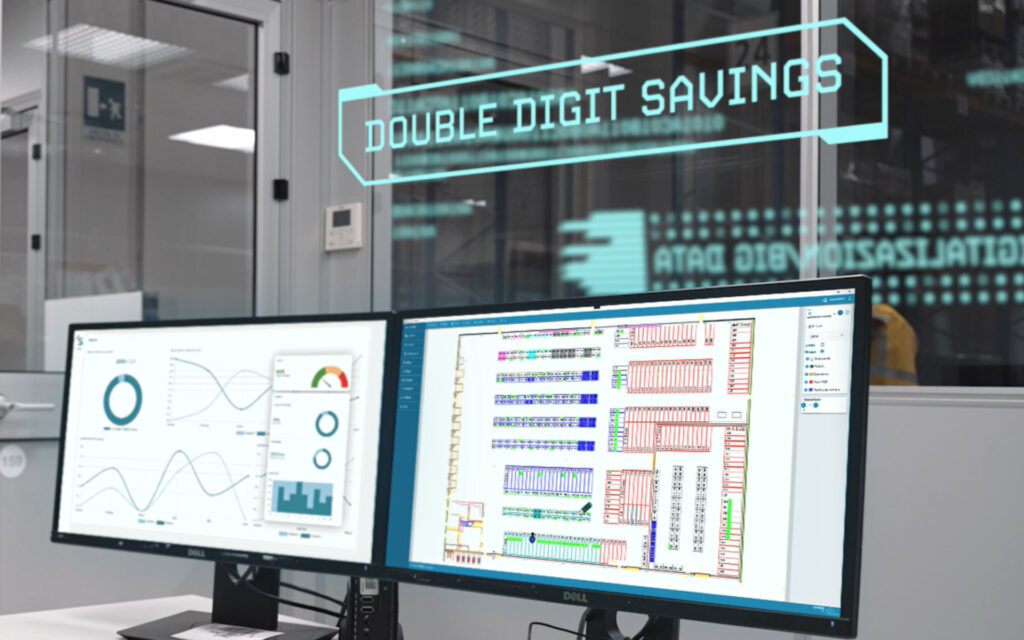How can AI and RTLS technology improve logistical flows and increase operational efficiency?
Due to the need for speed and precision in logistics and production, operations are increasingly becoming automated.
Automation achieved with RTLS makes it possible to speed up actions, relieving workers of those dangerous or repetitive tasks with low cognitive value.
At the same time, the introduction of automation in the production context transforms these settings into hybrid spaces and requires special focus on the safety of workers.
Hence, there is a need for increased visibility in the entire supply chain of a company.
A visibility that today is possible thanks to the integration of IoT and Artificial Intelligence (AI) with company resources, such as ERP and WMS.
RTLS systems are very versatile and can generate great benefits and efficiency in various contexts and respond to multiple requirements.
Real-time tracking of people, vehicles and assets, for example, allows you to detect:
- the real-time position of vehicles and goods in intensive logistics allows the planning of activities according to the contingent situation, reducing empty travel and minimizing execution times;
- the frequency and modes of utilization, parking, and downtime of handling machines to control the fleet’s proper use;
- impacts and near-misses to improve the industrial environment’s safety and efficiency by giving essential data for redesigning the warehouse’s layout and avoiding dangerous spots and bottlenecks;
- the positioning of mobile and motorized assets at production and storage sites in order to enhance fleet management and make warehouse operations more efficient;
- the anomalies of the means of handling and the necessities of maintenance in order to reduce the time of technical intervention and to limit the productive downtimes;
- the location of semi-finished and finished products in order to have a real-time view of production and warehousing progress;
- Personnel costs in the production line to improve order accounting efficiency.
